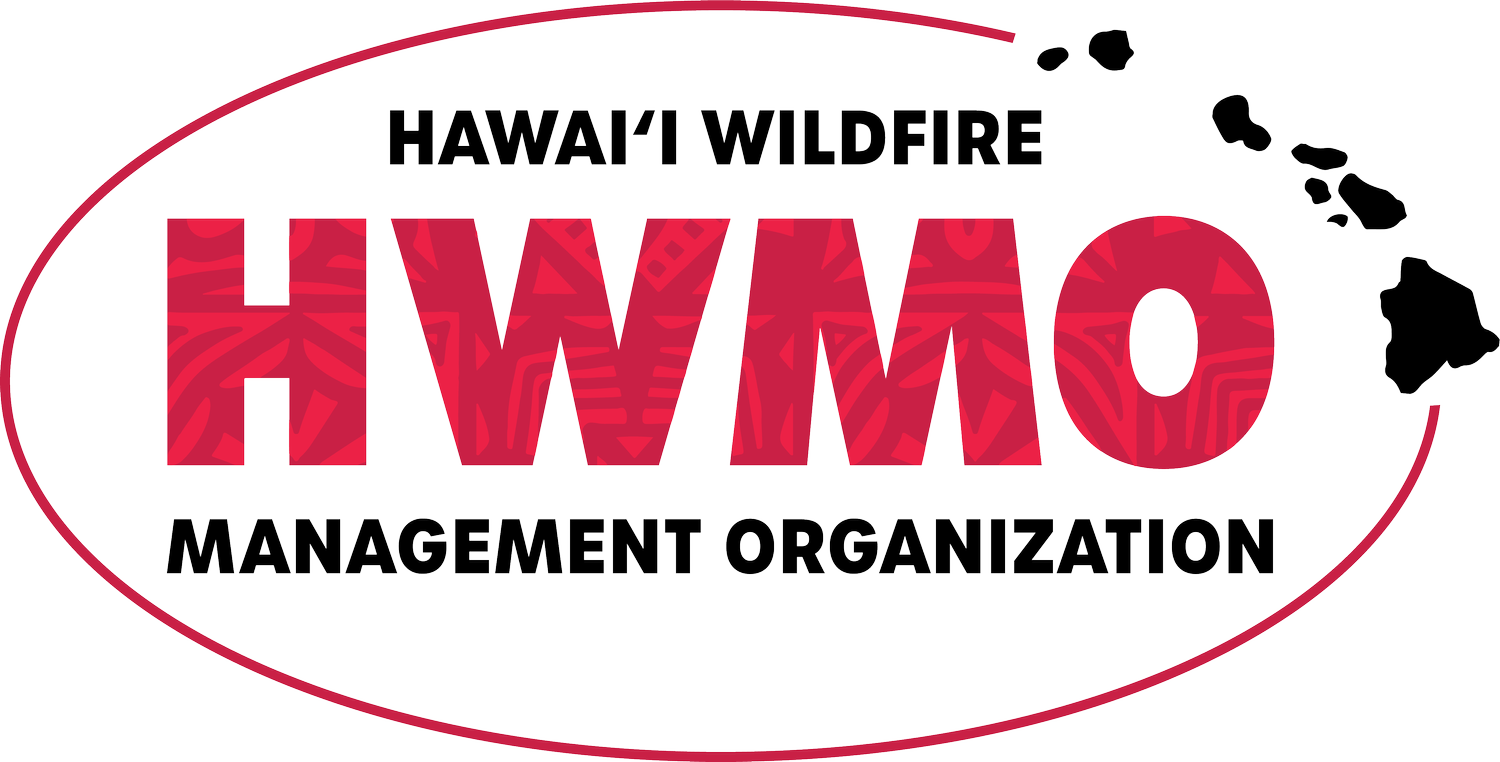
Hawai‘i Wildfire Community Risk Reduction Grant Program
In Partnership:
2025 Grant Awardees
Hawai‘i Wildfire Community Risk Reduction Grant Program
A high-impact, community-driven wildfire mitigation investment
The State’s initial $1.5 million investment is already reducing wildfire risk across four islands. Communities are organizing quickly, reducing hazardous fuels, expanding defensible space, and improving access routes.
By the Numbers
From the 2025 pilot cohort:
• $1.5 million invested statewide across 9 projects
• 12,500+ acres treated, restored, or maintained
• 8,000+ homes made safer, protecting 24,000+ residents
• $375,000 in match funds leveraged
• More than 20 miles of access roads, firebreaks, and evacuation routes improved
• Piloted across Kauaʻi, Oʻahu, Maui, and Hawaiʻi Island
Why This Matters
Hawaiʻi’s wildfire risk is among the highest in the country.
• Hawaiʻi’s wildfire risk is higher than 88 percent of states nationwide
• 360,000+ buildings remain at risk of ignition
• Every dollar invested in mitigation saves four to six dollars in avoided disaster and recovery costs
Communities Are Ready
State investment is unlocking fast, on-the-ground action:
• Rapid deployment of fuel-reduction crews
• Managed grazing projects reducing dry grass in high-risk corridors
• Community wildfire planning that complements state and county mitigation work
• Strong cross-island participation showing scalable demand
About the Program
The Hawai‘i Wildfire Community Risk Reduction Grant Program is a partner program with the Department of Land and Natural Resources, Division of Forestry and Wildlife (DOFAW) and Hawai‘i Wildfire Management Organization (HWMO).
Launched in 2025, this pilot program was created to reduce wildfire risk to communities, infrastructure, and natural resources across the state. Modeled after national Wildland-Urban Interface (WUI) grant program, it supports hazardous fuels reduction projects and wildfire prevention planning designed to strengthen community resilience.
2025 Cohort Overview
We received a total of 22 applications requesting $4.7 million. From these, nine awardees were selected: eight received their full budget requests, and one received a reduced, revised budget, for a total of $1.5 million awarded.
Fuel reduction projects: 8 awardees were funded to reduce hazardous vegetation and fuel loads across 12,283.3 acres, totaling $1,445,000.
Wildfire prevention/mitigation planning: 1 awardee was funded to develop wildfire mitigation plans covering 310 acres for $55,000.
Across Kauaʻi, Oʻahu, Maui, and Hawaiʻi Island, these projects represent shovel-ready, community-driven solutions to reduce wildfire risk on the ground.
2025 Grant Awardee Map
$1.5 Million Toward Wildfire Risk Reduction:
Protecting Hawaiʻi Communities Together
This video highlights how a $1.5 million State investment is supporting community-led wildfire risk-reduction projects across four islands. Through fuel reduction, improved access roads, managed grazing, and local partnerships, communities are working to reduce wildfire risk near homes, roadways, and critical infrastructure.
The Department of Land and Natural Resources, Division of Forestry and Wildlife, partners with the Hawaiʻi Wildfire Management Organization to administer the Hawaiʻi Wildfire Community Risk Reduction Grant Program. Nine projects are funded statewide, helping protect more than 8,600 homes and 24,000 residents while treating over 12,500 acres of land.
This video showcases the people, places, and work behind these efforts and demonstrates how state investment, combined with local leadership and matching community resources, is strengthening wildfire resilience across Hawaiʻi.










